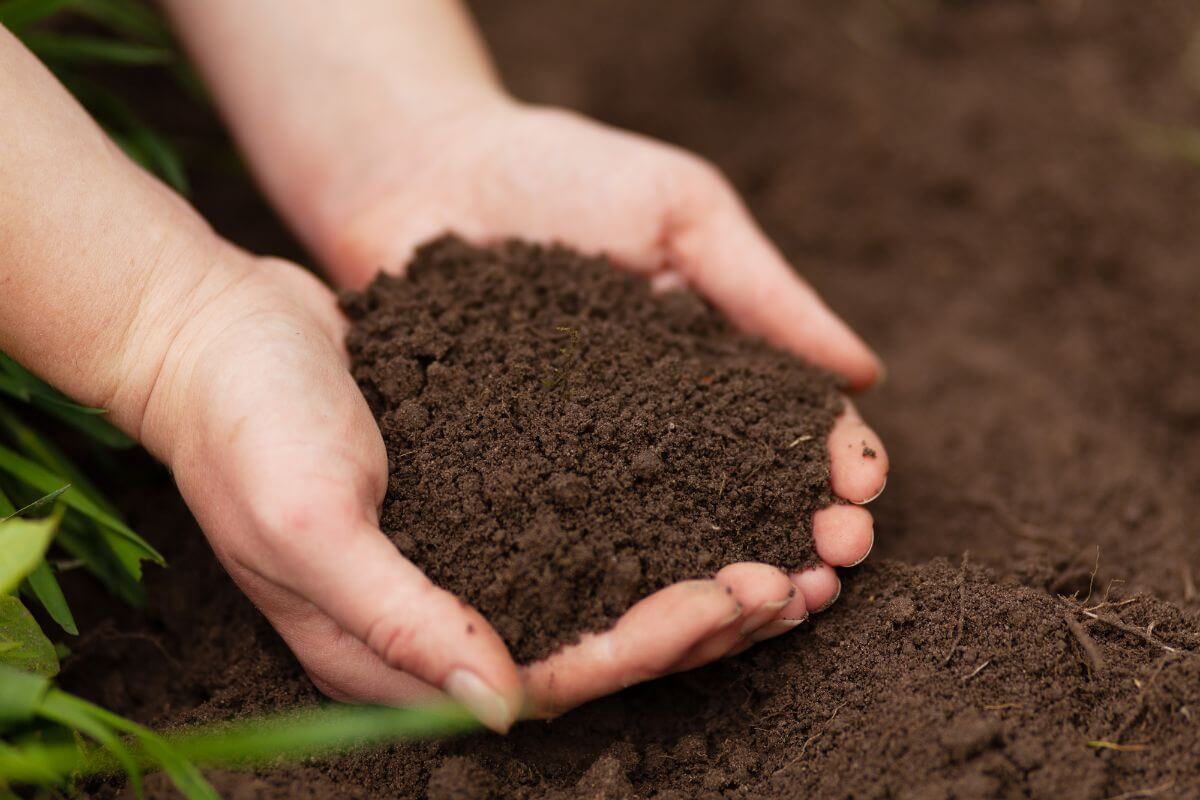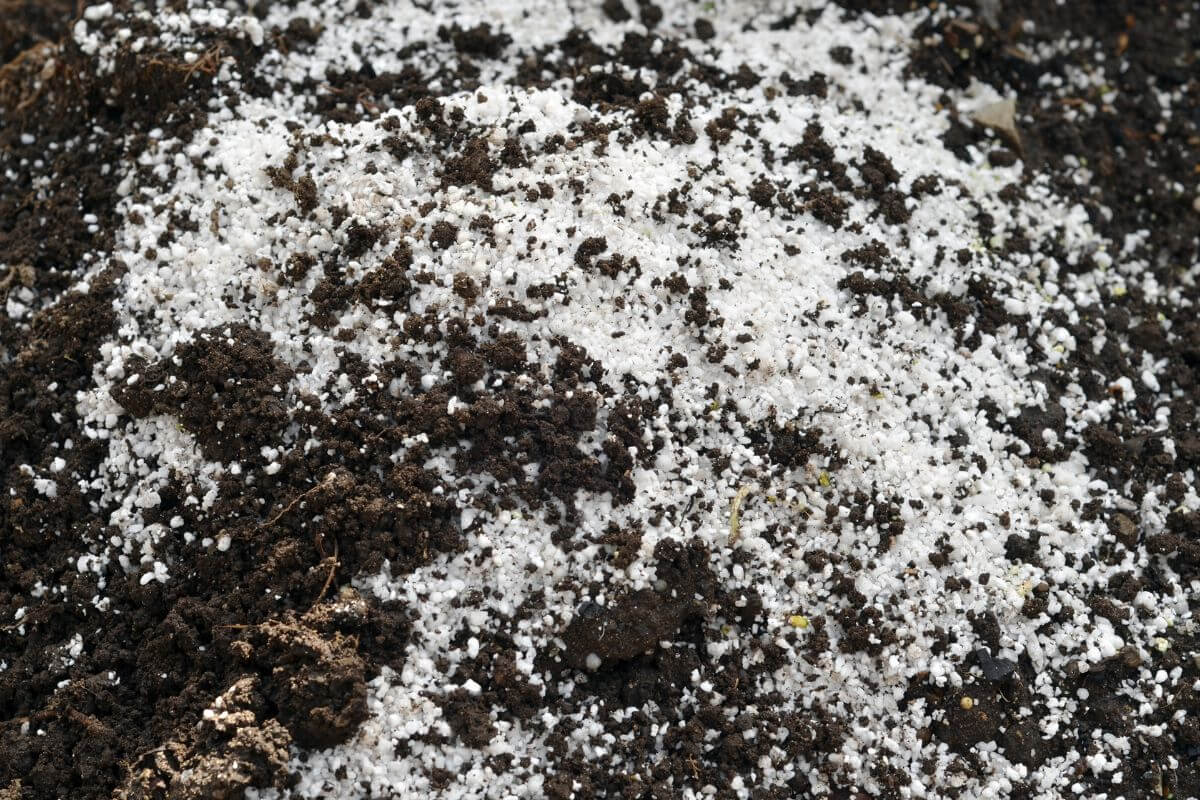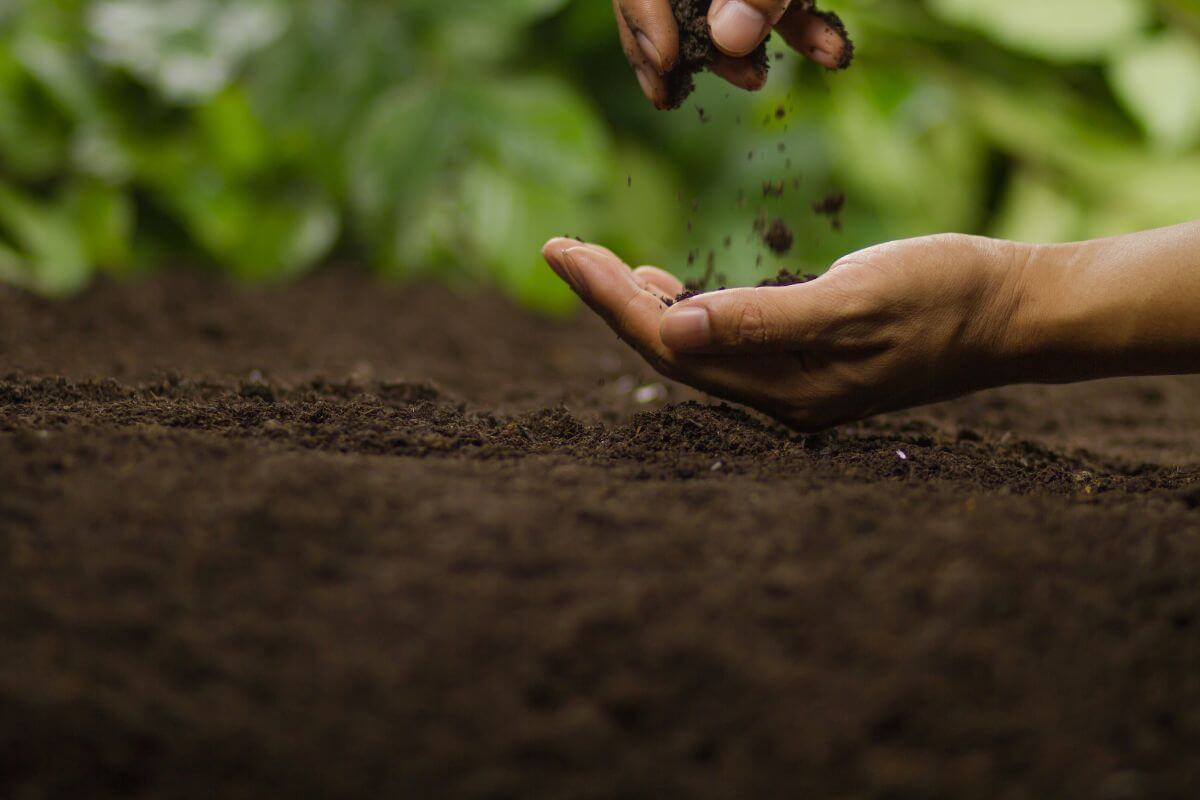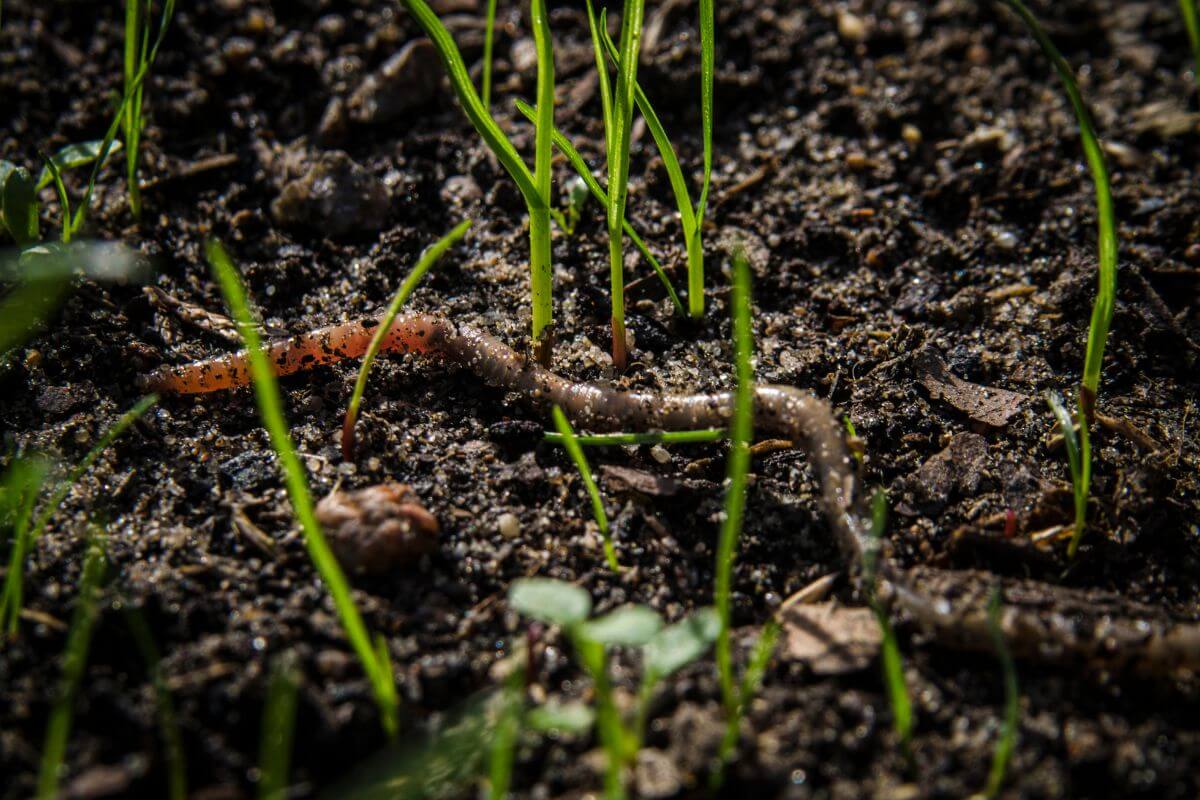Soil is the very foundation of your organic garden. Without healthy garden soil, you cannot expect your seeds and plants to thrive.
Having soil that has not been treated with chemicals is important for organic gardens and healthy plants. Organic soil will provide nutrients for your organic plants and not overwhelm them with pesticides or chemical fertilizer.
If you’re choosing to go organic, this starts with the soil as any additives will go directly into your plants. Organic seeds and plants are bred to be grown without chemical enhancements and may suffer if your soil has been conditioned using chemicals.
In this article, I will be discussing organic soil and its importance in your garden. I’ll cover what constitutes organic soil and how it differs from non-organic soil, as well as how to make your own organic soil.
- Related Articles: How to Start an Organic Garden
- Organic Soil Amendments
- Organic Soil Conditioners
- All About Organic Seeds
I’ll also give you some tips on how to keep your soil healthy and your plants happy.
What is Organic Soil?

Organic soil is a living, breathing ecosystem all of its own. Healthy soil will be a mix of silt, organic matter, sand (or grit), and clay. Organic soil will be soil that has not been treated with chemicals, or had any chemical additives.
If you’re wondering if the soil in your garden would be considered to be organic, then dig a shovel full and see if you can see any bugs. If you can see some bugs, the chances are high that it is organic.
If you have used any pesticides or weed killers on your soil, then this can damage the delicate ecosystem and actually damage your soil. That can prevent sustained plant growth.
Killing off beneficial weeds and bugs can lower the level of soil nutrients and you may find yourself reaching for chemical fertilizer to try to balance it out. Adding chemicals to your garden is a downward spiral that can lead to a dependence on them.
If you have used chemicals on your garden and want to break that habit and go towards more organic methods, it is absolutely possible. Start by giving your soil some time.
Allow the rain to wash away the build up of chemicals and start digging in organic compost and other organic soil amendments. You can buy beneficial bugs like composting worms to help you break down your soil and leave your soil fallow for at least a year.
You will find the weeds that start to grow will actually help your soil improve over time. In a couple of years, your soil will find its natural balance and you will be able to successfully start growing organically.
From there, you can continue to incorporate organic growing methods to keep the soil and plant roots healthy.
Non-Organic Soil vs Organic Soil

Non-organic soil does not contain organic nutrients. It also won’t contain any contaminates like bugs and weeds, but I will explain more about the benefits of them later.
Non-organic soil is usually used in hydroponics, or with succulents to provide moisture and drainage. The most common components in non-organic soil are:
- Perlite – An white volcanic glass that increases the aeration of the roots.
- Expanded Clay Aggregate – Round baked clay soil pellets that are re-usable. They retain moisture and allow air in soil to pass to the roots of your plants.
- ‘Normal’ Soil – This is conventional soil that has been enhanced with chemical fertilizers and pest treatments.
- Sandy Soil – To improve drainage of the soil.
The only ingredient on this list that is actually considered non-organic is the chemically treated soil. While the others are not technically organic materials, you could use them in an organic garden.
The difficulty here is the distinction between ‘organic’ as a method and ‘organic’ as material relating to or derived from living substance.
Organic soil generally has more essential plant nutrients. It retains moisture as well as providing drainage. It is soil that has been created through the decomposition of organic matter and so is full of microorganisms that give the soil its nutrients.
Organic fertilizers can also help provide nutrients if more nutrients are needed.
Organic soil also relies on a symbiotic relationship between plants and animals to keep pests in check, rather than introduce chemical pesticides.
Going organic is not just more healthy for you, but also for plant health. It’s more healthy for the plants and animals that are in your garden by creating an ecosystem that is beneficial for all living things.
- Learn more about the differences between Organic vs Non-Organic Soil in this full article.
How to Make Organic Garden Soil

As long as the soil in your garden has not been treated with chemicals, then it is organic soil. You can improve the quality of it by using various amendments that I will discuss more fully in another article.
If you want to keep your garden organic, don’t be tempted to buy chemical-laden products at your nearest garden center. Instead, a much more cost-effective and proven solution is to create a compost heap (compost pile).
You can add any organic matter to the heap and over time it will break down into compost that you can dig into your garden’s layers of soil.
A compost heap is like a living creature, and you must feed it a well-balanced diet of ‘greens’ (nitrogen rich ingredients) and ‘browns’ (carbon rich ingredients).
Add uncooked vegetable scraps, tea leaves, coffee grinds, manure from herbivores, garden cuttings and weeds. In a matter of months, it will break down into usable compost that will add nutrients to your soil.
Worms will also benefit your compost as worm castings are an essential ingredient of healthy organic soil. They also provide many beneficial microbes.
The added benefit of creating your own compost heap is that you know exactly what has gone into your compost, and you can ensure it is truly organic.
Other things that you can add to your soil are:
- Coconut Coir (Coco Coir) – This is an ingredient that is found in a lot of store-bought organic compost. It is a by product of coconut farms and is made from the husks of coconuts. While it doesn’t add any nutrients, it is good for water retention and aeration. Be careful about adding too much though as it has a high salt content, which can be detrimental to your soil.
- Spahagnum Peat Moss – Like coco coir, spaghaghum peat moss is popular in commercial organic soils. It’s used more for its physical properties than its nutrients
- Pumice – Porous volcanic rock that can add air pockets to your soil
Once you’ve thought about the composition of your soil, you then need to add nutrients. Different plants have different needs, so first research what minerals they primarily need to absorb. Then use that as a basis to add nutrient rich organic matter.
- Related Article: What is Organic Material?
Tips for Healthy Organic Soil

Beneficial Weeds
There are also some seemingly counter-intuitive things that will help keep your soil healthy. Some plants that are traditionally considered to be weeds will help you maintain healthy soil.
Plants like dandelion and chickweed will benefit the soil if left to grow and die back naturally. If you don’t want an overabundance of dandelions, you could always pick the flowers while they’re yellow to stop the seeds spreading.
Clover, nettles and comfrey are just a few more beneficial weeds that you can add to your compost heap or just dig directly into the soil.
Bugs, Worms and Ants
Worms and ants are your friends when it comes to organic soil. They aerate the soil and loosen it up to allow roots to grow. Aerating the soil will improve drainage, allowing water get to the roots of your plants.
Remember, if there are all sorts of bugs in your soil, then you’re on the right track to healthy soil. You can encourage worms by digging in coffee grinds.
Bugs known as arthropods also make their homes in soil. Although an overabundance of them can be harmful to your plants, the right balance can be instrumental in keeping your soil healthy.
Not only do they shred organic matter, they also eat harmful bacteria and fungi. By doing this, they stimulate microbial activity and turn the nutrients back into a form that can be absorbed by plants. Some arthropods can even help control harmful pests.
- Read more about Keeping Animals Out of Your Garden.
Crop Rotation
Crop rotation is a great organic way of making sure your soil remains healthy if you are growing vegetables.
If you grow one type of vegetable in the same place year after year, it will continually take out the same nutrients, leaving unbalanced soil. That will also encourage pest build up in the soil.
The standard 4-year rotation involves having 4 different sections to your vegetable garden and then planting different crops in each section every year.
If one section had legumes it should be followed by brassicas, then roots, then potatoes then back to legumes. Roots follow brassicas, potatoes follow roots, legumes follow potatoes, and so on.
This ensures nutrients are able to build up in the soil. As it’s four years before the same vegetable is in the same spot again, common pests don’t have time to build up.
Final Thoughts on Organic Soil
There are different types of soil, but organic soil is the perfect soil for my garden bed.
Like most things organic, it’s actually more about what you don’t put into your soil rather than about what you do. Steer clear of the chemicals and encourage your soils ecosystem to thrive.
A bit of extra work encouraging bugs and beneficial weeds, and your soil will achieve an ecological balance. That leads to less maintenance overall for fertile soil.
Add to this crop rotation and digging in your own organic compost and you will be able to retain healthy nutrient rich soil indefinitely.

